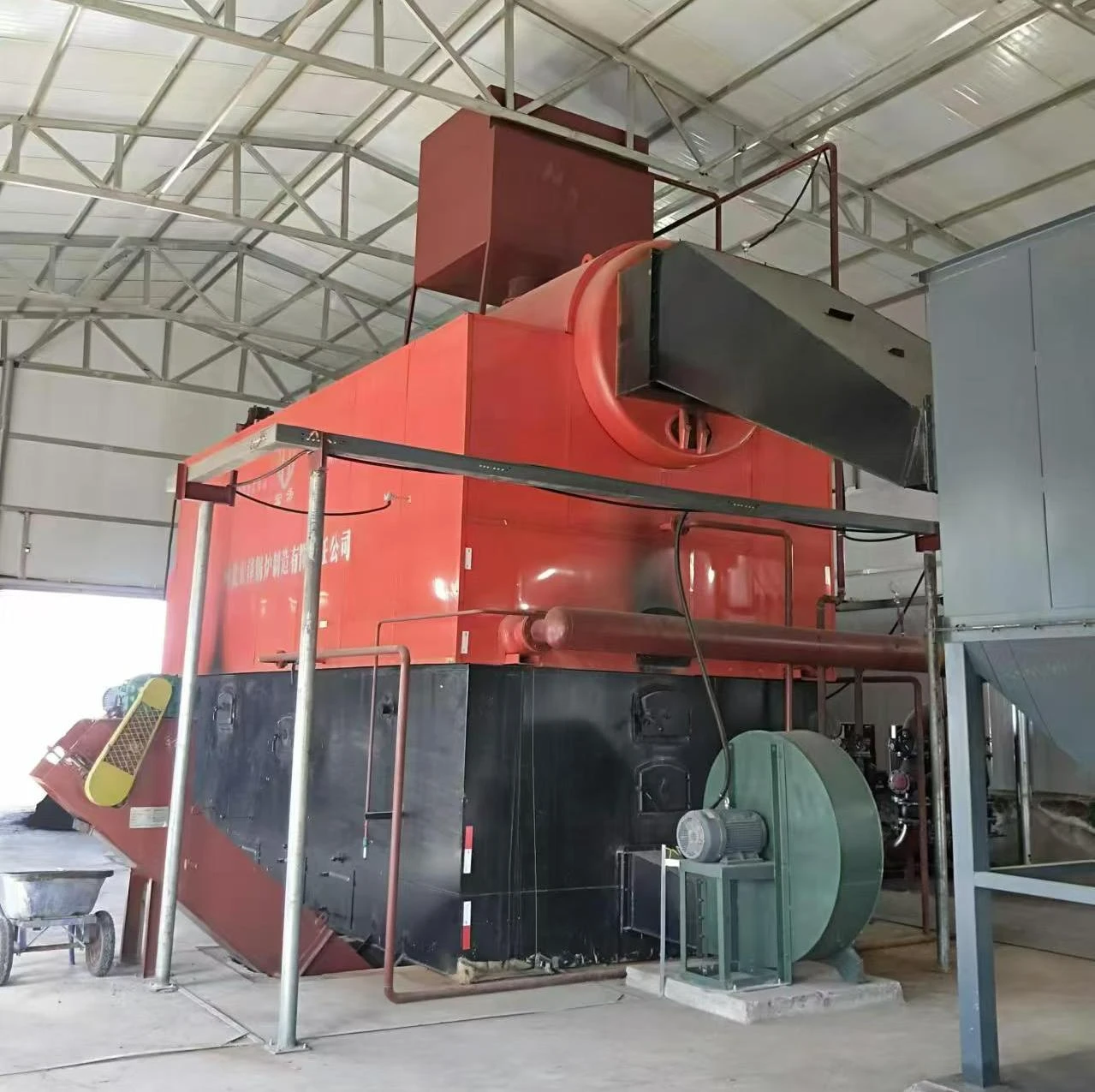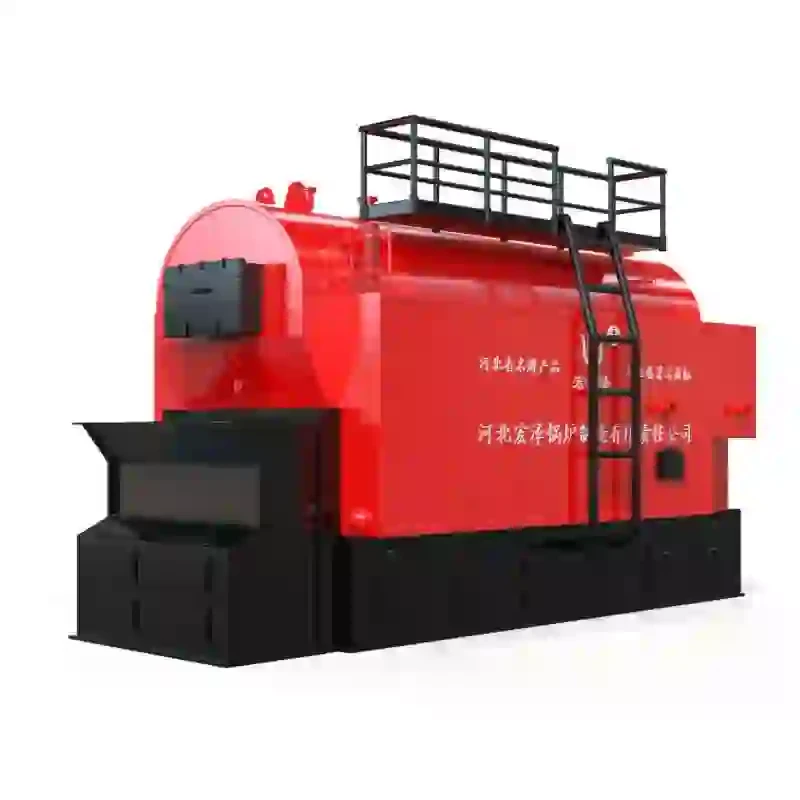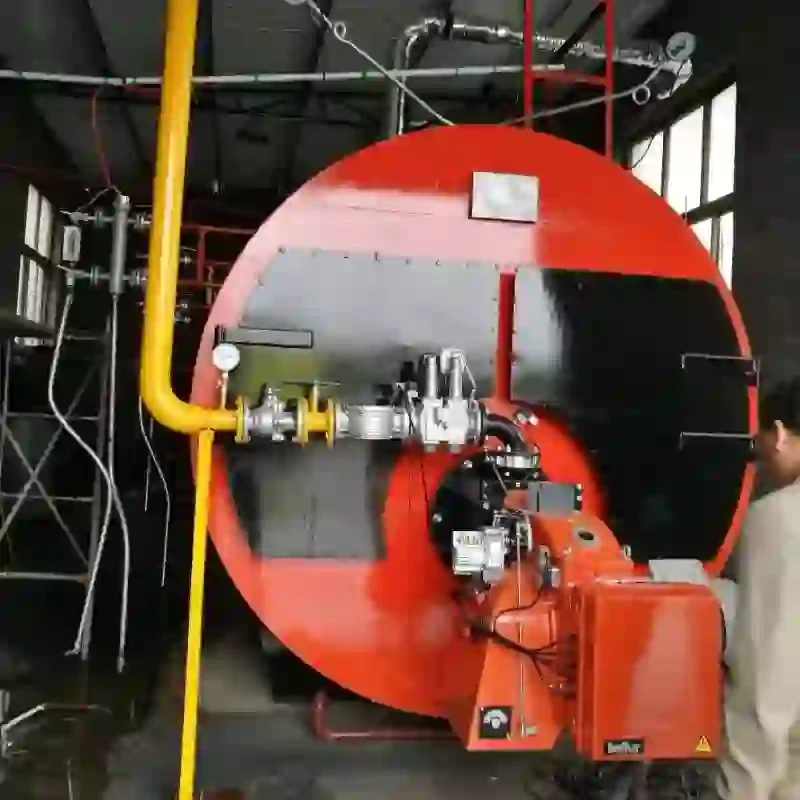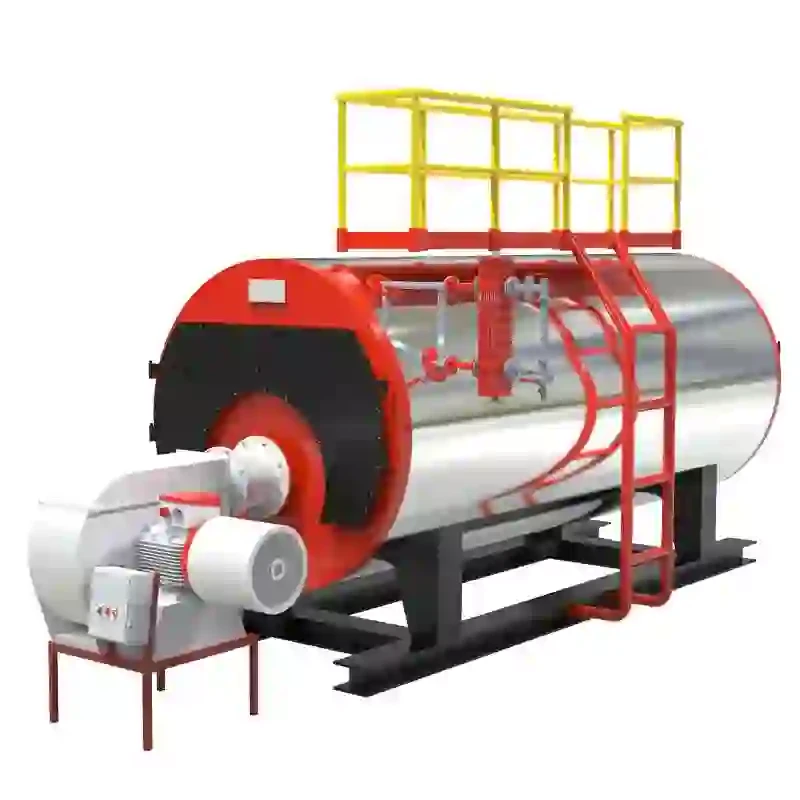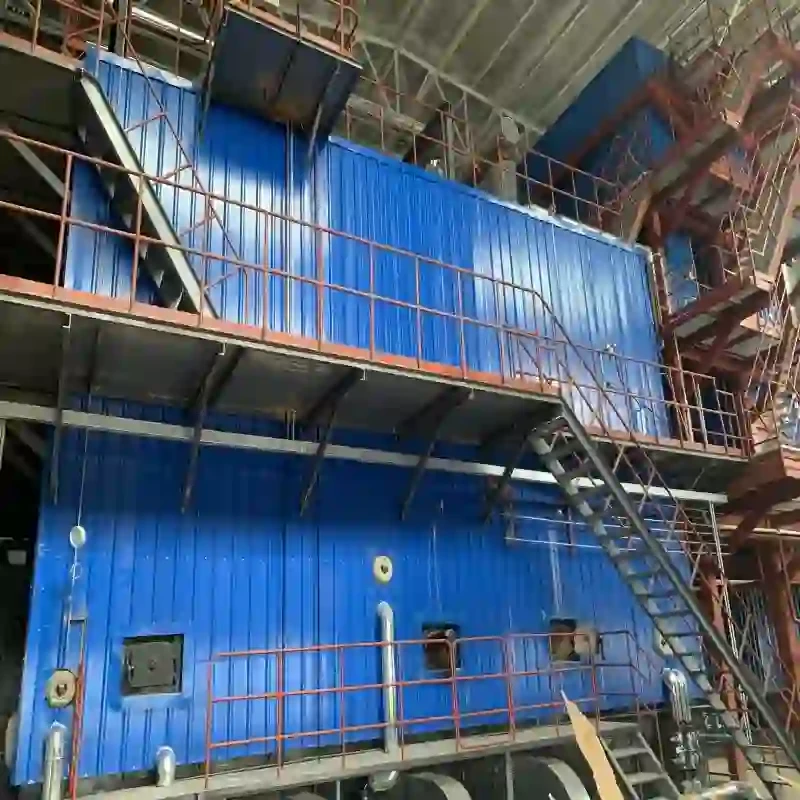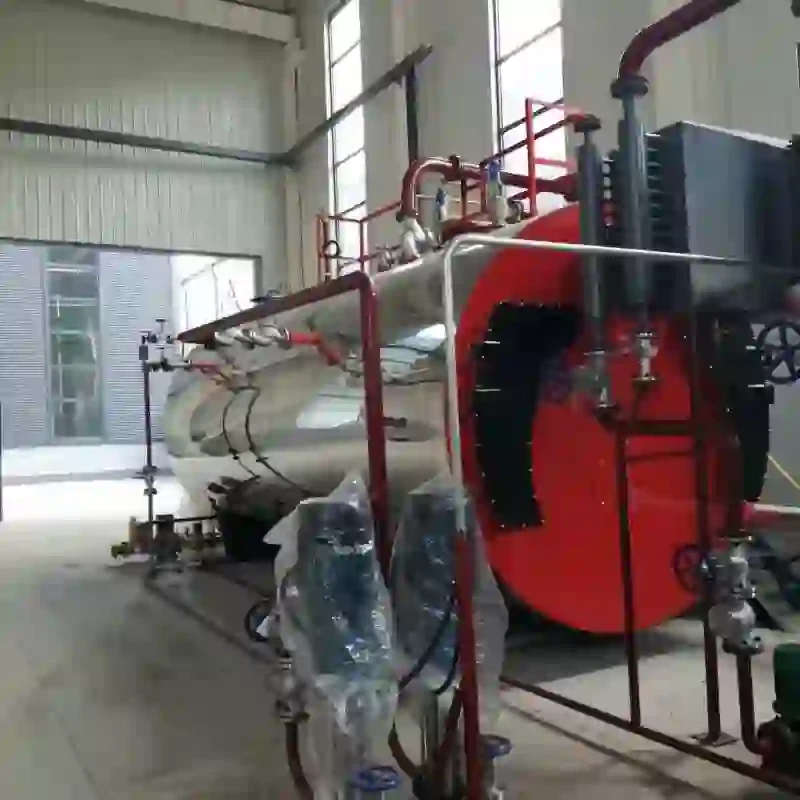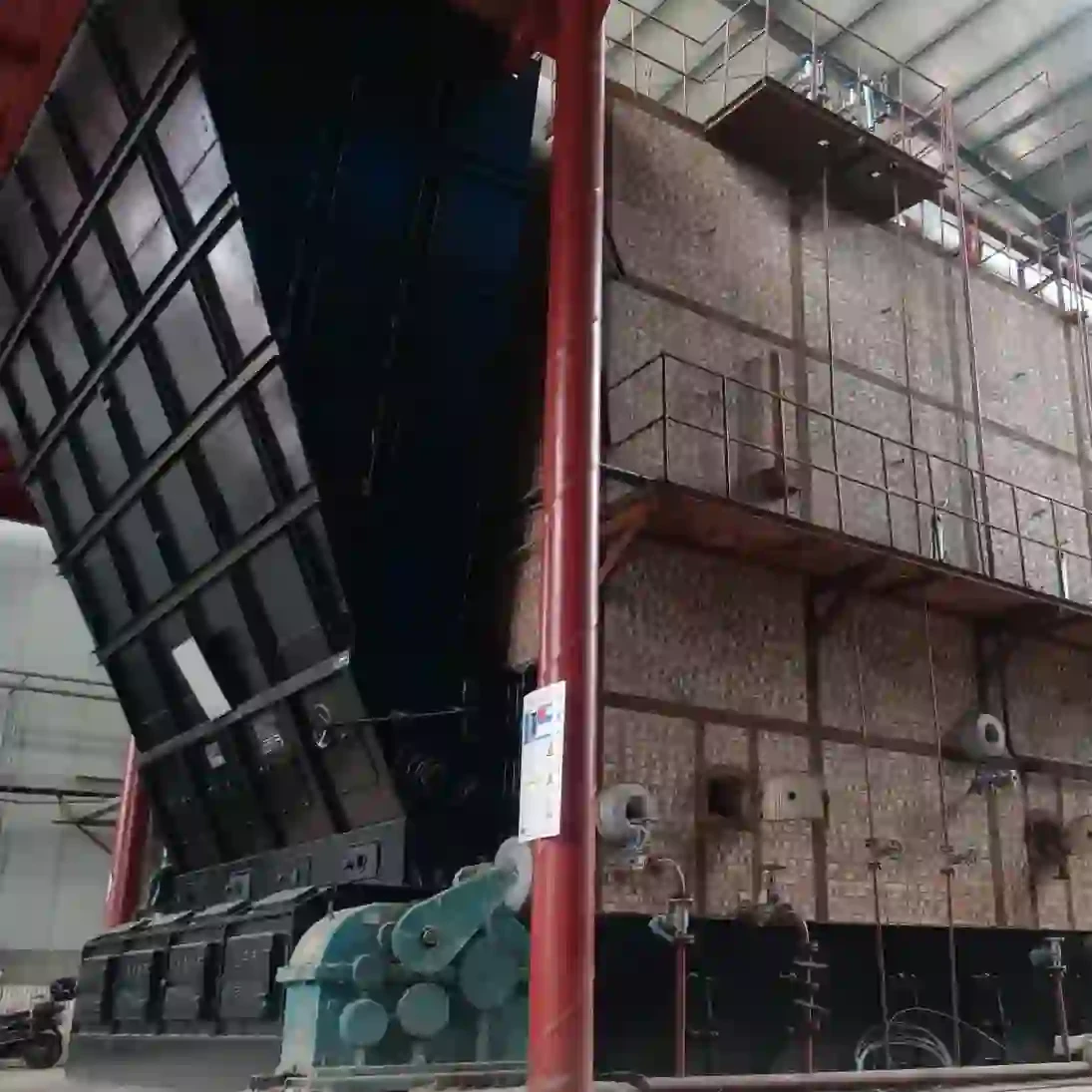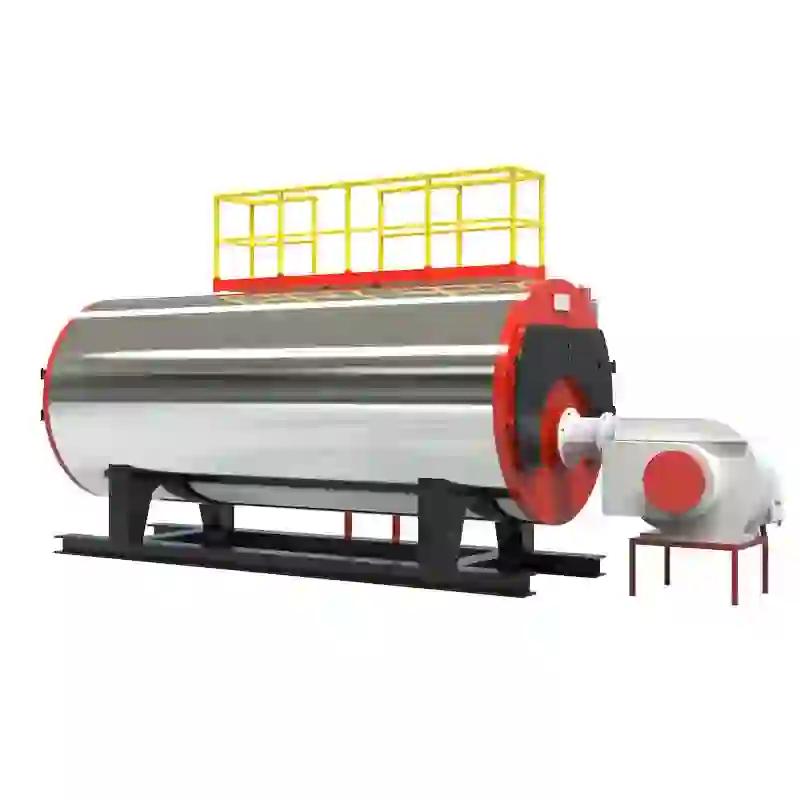
May . 22, 2025 10:25 Back to list
Precision Steam Pressure Control Systems for Efficient Boiler Operations
- Overview of Steam Pressure Control in Industrial Boilers
- Technical Advantages of Modern Control Systems
- Performance Comparison: Leading Manufacturers
- Custom Solutions for Diverse Operational Needs
- Real-World Applications and Case Studies
- Integration with Smart Industrial Networks
- Future Trends in Boiler Steam Pressure Control

(steam pressure control in boiler)
Optimizing Efficiency with Steam Pressure Control in Boiler Systems
Precise steam pressure regulation is critical for boiler performance, safety, and energy efficiency. Modern boiler steam pressure control systems leverage advanced algorithms to maintain ±0.5% pressure stability, reducing fuel consumption by 12-18% compared to traditional pneumatic controls. Industries utilizing these systems report 20% fewer operational interruptions and compliance with ASME PTC 4.3 standards.
Technical Superiority in Pressure Regulation
Third-generation control systems combine PID loops with machine learning for predictive adjustments. Key features include:
- Multi-variable adaptive control (MVAC) technology
- 500ms response time to load fluctuations
- Integration with IIoT platforms via OPC UA
Field tests demonstrate 98.6% accuracy in maintaining 150-300 psi ranges across 400+ hours of continuous operation.
Manufacturer Performance Analysis
| Parameter | System A | System B | System C |
|---|---|---|---|
| Pressure Accuracy | ±0.4% | ±0.7% | ±0.5% |
| Response Time | 420ms | 680ms | 530ms |
| MTBF (Hours) | 85,000 | 72,000 | 78,500 |
Tailored Solutions for Industry-Specific Demands
Modular steam boiler control systems adapt to multiple configurations:
- Pharmaceutical: 0.1psi precision for sterilization processes
- Power Generation: 500-2,000psi range with <1% fluctuation
- Food Processing: Rapid cycling (30s recovery from 50% load)
Verified Operational Improvements
A chemical plant retrofitted with System A achieved:
- 23% reduction in steam waste
- 15-month ROI through fuel savings
- 94% decrease in pressure-related shutdowns
Network Integration Capabilities
Modern controllers support:
- BACnet/IP and Modbus TCP protocols
- Cloud-based performance analytics
- Automatic API integration with SCADA
Advancing Steam Pressure Control in Boiler Technology
Emerging technologies like digital twin simulations (98.2% predictive accuracy) and graphene pressure sensors (0.01% hysteresis) are reshaping steam pressure control in boiler
systems. Early adopters report 40% faster commissioning times and 31% lower lifecycle costs compared to 2020 benchmarks.
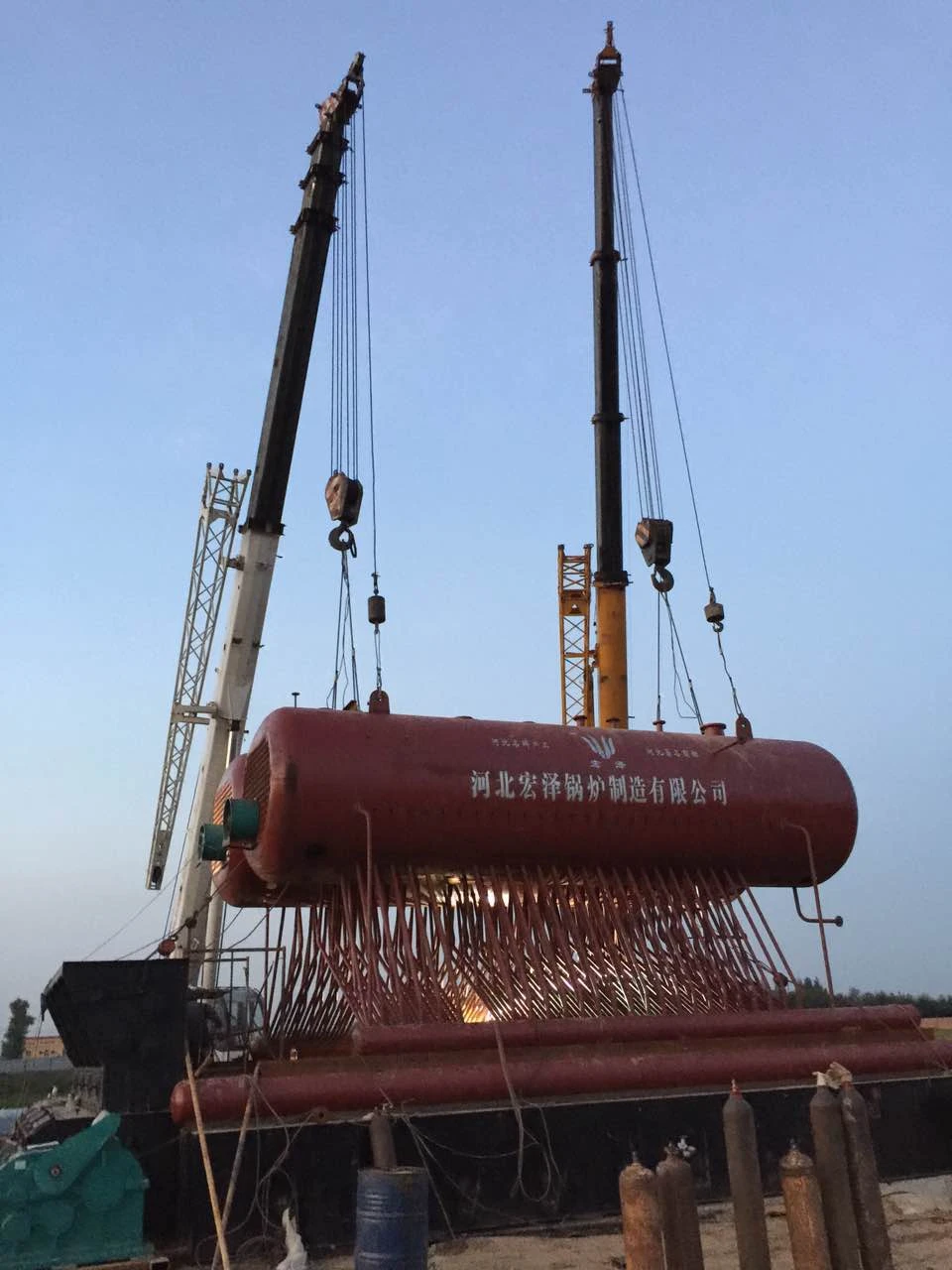
(steam pressure control in boiler)
FAQS on steam pressure control in boiler
Q: How does steam pressure control in a boiler work?
A: Steam pressure control maintains safe operating levels by adjusting fuel, air, and water flow. Sensors monitor pressure, and actuators regulate inputs to balance supply and demand. Automated systems ensure efficiency and prevent over-pressurization.
Q: What are key components of a boiler steam pressure control system?
A: Key components include pressure sensors, PID controllers, control valves, and actuators. Sensors feed data to controllers, which adjust valve positions for optimal pressure. Safety mechanisms like relief valves prevent system failures.
Q: Why is steam pressure control critical in industrial boilers?
A: Proper control ensures energy efficiency, equipment longevity, and safety. Unstable pressure risks explosions or process disruptions. Consistent pressure also optimizes steam quality for industrial applications.
Q: What methods are used in steam boiler control systems?
A: Common methods include feedback control loops, feedforward adjustments, and cascade control. PID algorithms are widely used to fine-tune responses. Advanced systems integrate AI for predictive adjustments.
Q: How does regular maintenance improve boiler steam pressure control?
A: Maintenance prevents sensor drift, valve blockages, and actuator wear. Calibration ensures accurate pressure readings and responsive adjustments. Proactive care reduces downtime and operational risks.
-
High Efficiency Coal Fired Thermal Oil Boiler for Industrial Heating
NewsJul.23,2025
-
High-Efficiency Gas Fired Thermal Oil Boiler for Industrial Heating
NewsJul.22,2025
-
High-Efficiency Commercial Steam Boilers for Sale | Oil & Gas
NewsJul.22,2025
-
Reliable Biomass Thermal Oil Boiler Manufacturers
NewsJul.21,2025
-
Steam Boiler System Diagram & Schematic Efficient Heating Solutions for Industry
NewsJul.08,2025
-
Steam Boiler Thermostat - Precise Control & Energy Saving Solutions
NewsJul.08,2025
Related PRODUCTS






